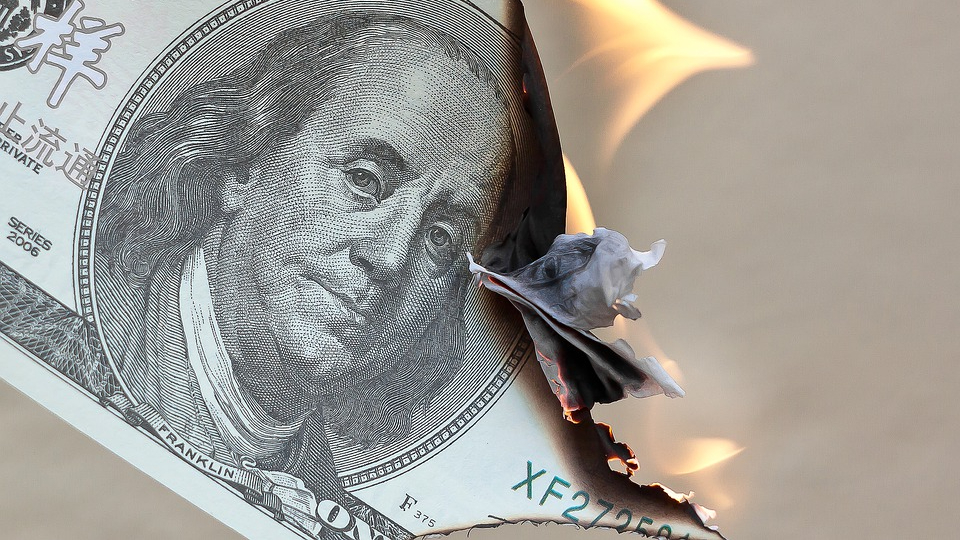Bank Run About To Occur At Prominent California Bank?
A last-minute government bailout saved Silicon Valley Bank from suffering what would have been a bank run.
This article is more than 2 years old

After a lightning-quick string of events led to the collapse of Silicon Valley Bank last week, the federal government has announced that they will backstop the billions of dollars at risk, in an effort to stop widespread fears that could lead to a nationwide bank run. With three major banks closing in a week, many business owners, startup CEOs, and average Americans are fearful that this is only the beginning of a financial crash. With the memory of 2008’s stock and housing market failure in many people’s minds, the government is doing everything it can to shore up the U.S. banking system and prevent another economic crisis.
The collapse of Silicon Valley Bank is the largest U.S. bank failure since Washington Mutual in 2008, a disturbing omen for Americans, many of whom are still facing the effects of the last crash. The U.K. branch of the bank had sold to another, larger bank, protecting investors’ deposits, but the U.S. bank didn’t have such luck. The collapse occurred in a matter of days, leaving other banks and economic experts fearful that uncertainty about the banking system might instigate a bank run among other regional and national banks.
Silicon Valley Bank’s collapse can be attributed, in some ways, to the pandemic’s tech boom, during which thousands of tech startups and companies made deposits. The bulk of those large deposits were then invested in long-term government securities, but the securities’ value started to drop as the Federal Reserve hiked interest rates to fend off inflation. The rate hikes, combined with a lack of funding for tech companies, caused a bank run at Silicon Valley Bank, as thousands of investors pulled more and more cash from the bank, cash they didn’t have on hand after investing it in government securities.
Once venture capitalists advised investors to pull their deposits from Silicon Valley Bank, it collapsed almost immediately. Normally, the government only insures investors up to $250,000, but to prevent widespread panic and further collapse, they’ll cover the entirety of the deposits at Silicon Valley Bank. It’s important to note, though, that the money to cover the lost investments after the bank run won’t come from taxpayer dollars, but from a government insurance fund.
Federal officials have also been quick to assure the public that they will not be protecting or insuring the assets of Silicon Valley Bank owners or investors. According to NPR News, one Treasury official said that investors take risks when deciding where to invest and will simply have to take their losses. This action is in stark contrast to the financial crisis and bank run in 2008, when the government paid nearly $1.6 billion in payouts to bank CEOs and executives.
The government’s quick response to the failure of Silicon Valley Bank will hopefully prevent similar bank runs across the country, but after three in one week, some economic experts are skeptical. Fear and uncertainty in the U.S. banking system—especially after the Great Recession—spreads like a contagion and could have devastating effects on the U.S. economy and financial sector. Only time will tell if the government’s swift action in backstopping the customer investments at Silicon Valley Bank will be enough to prevent another financial crisis.



